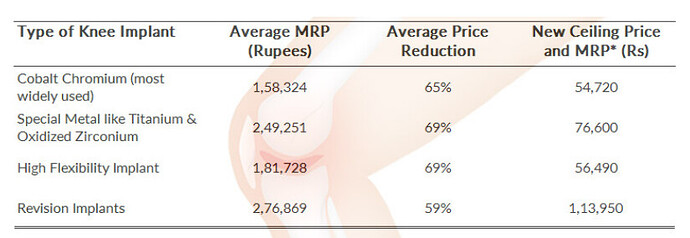Weaknesses of HCG
• Patients trust doctors- as the patients communicate and stay under the guidance of the doctors, they do not interact with the hospital. Therefore they connect with and trust the doctor and not the hospital. If suddenly a doctor decides to stop visiting/working for the hospital, the patient will follow the doctor to another hospital or wherever he goes. In conclusion, the brand of a hospital is its doctors in my opinion.
• Employee costs can’t be controlled- employee cost is one of the major fixed costs for a hospital. As the majority of the employee cost is the salary/payments to the doctors, the hospital does not have much influence to convince most of its doctors to take a salary cut or maintain their salary at the same level. As if the hospital tries to convince these doctors, they may decide to leave and join another hospital. This is known by the hospitals, hence not being able to take action.
• Price capped by the government on certain surgeries/processes/operations- government does price cuts on surgeries that have become expensive for the average population. GOI also caps the price of certain procedures, saying the hospital cannot charge the patient above a certain level of price for that procedure.
For example in 2017 the government announced a price cap on knee implants, check the picture given below. This impacted a hospital chain named SHALBY the most, as it majorly derives its revenues from knee implant surgeries.
In the same way, the GOI can cap certain cancer treatments/procedures, thereby impacting HCG.
• A part of the payor mix is from the government side- a hospital’s payor mix consists of 4 payors- government, corporate, insurance, and individual. The government mix although necessary to maintain at a certain level is not favored by hospitals due to the extended credit period which needs to be given to them, the receivables increase due to this.
| Subscribe To Our Free Newsletter |


